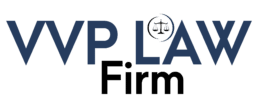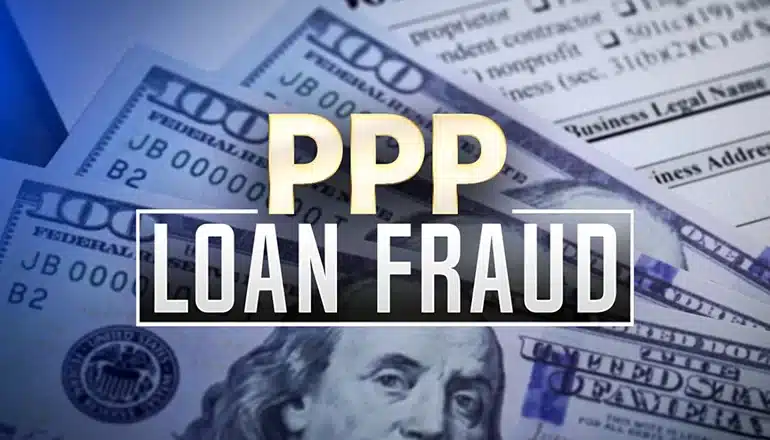The Paycheck Protection Program (PPP), a cornerstone of the U.S. government’s response to the economic fallout of the COVID-19 pandemic, was a lifeline for many small businesses. However, it also presented opportunities for fraud. Detecting and preventing PPP loan fraud in real-time was crucial to ensuring that funds reached legitimate businesses in need. This article explores the challenges, methods, and strategies involved in this process.
The Challenge of Detecting PPP Loan Fraud
The PPP was implemented rapidly to provide immediate relief. This urgency, coupled with the program’s broad eligibility criteria, created a fertile ground for fraudulent activities. The main challenge for authorities was distinguishing between legitimate applications and fraudulent ones – a task akin to finding a needle in a haystack.
Red Flags in PPP Loan Applications
Certain red flags were indicative of potential fraud. These included discrepancies in employee numbers, inflated payroll costs, and businesses with little to no digital footprint. For instance, applications from newly established companies claiming large payrolls were treated with suspicion, as were applications from companies with no online presence or business history.
Technology’s Role in Fraud Detection
Advanced data analytics and machine learning algorithms played a pivotal role in identifying patterns and anomalies in loan applications. These technologies could process vast amounts of data quickly, flagging suspicious applications for further investigation. For example, cross-referencing data from different sources helped identify inconsistencies in payroll expenses or the number of employees claimed.
Collaboration Among Agencies
Effective detection of PPP loan fraud required collaboration among various agencies, including the Small Business Administration (SBA), the Department of Treasury, and law enforcement. Sharing information and resources among these agencies was critical in identifying and investigating fraudulent activities.
Real-Time Monitoring and Response
Real-time monitoring of loan applications was essential. This proactive approach not only helped in detecting fraud but also in preventing it. By identifying and responding to fraudulent applications swiftly, authorities could prevent the disbursement of funds to illegitimate parties.
Educating Lenders and Borrowers
Educating both lenders and borrowers about the signs of fraud and the importance of compliance was another key strategy. Lenders were trained to scrutinize applications more carefully, and borrowers were made aware of the legal consequences of falsifying information.
Case Studies of Detected Fraud
Real-world examples illustrate how these measures were put into action. In one case, a series of applications from related entities raised red flags due to similarities in their payroll data. Further investigation revealed a coordinated attempt to defraud the program. In another instance, the use of advanced analytics helped identify a network of businesses applying for PPP loans with forged documents.
Legal Actions and Consequences
When fraud was detected, legal actions were swiftly taken. Perpetrators faced charges ranging from bank fraud to money laundering, with significant penalties, including prison sentences and hefty fines. These legal actions served as a deterrent to potential fraudsters.
Lessons Learned and Future Implications
The experience with the PPP loan program provided valuable lessons in real-time fraud detection and prevention. It highlighted the importance of technology, inter-agency collaboration, and proactive monitoring in combating financial fraud. These lessons are applicable to future government relief programs and can help in designing more fraud-resistant systems.
Conclusion
Detecting and preventing PPP loan fraud in real-time was a complex but essential task. It required a multifaceted approach, combining technology, collaboration, education, and legal enforcement. While the PPP presented unique challenges, the strategies developed to protect it from fraud have set a precedent for future financial relief programs, ensuring that aid reaches those who truly need it while safeguarding taxpayer dollars from fraudsters.

